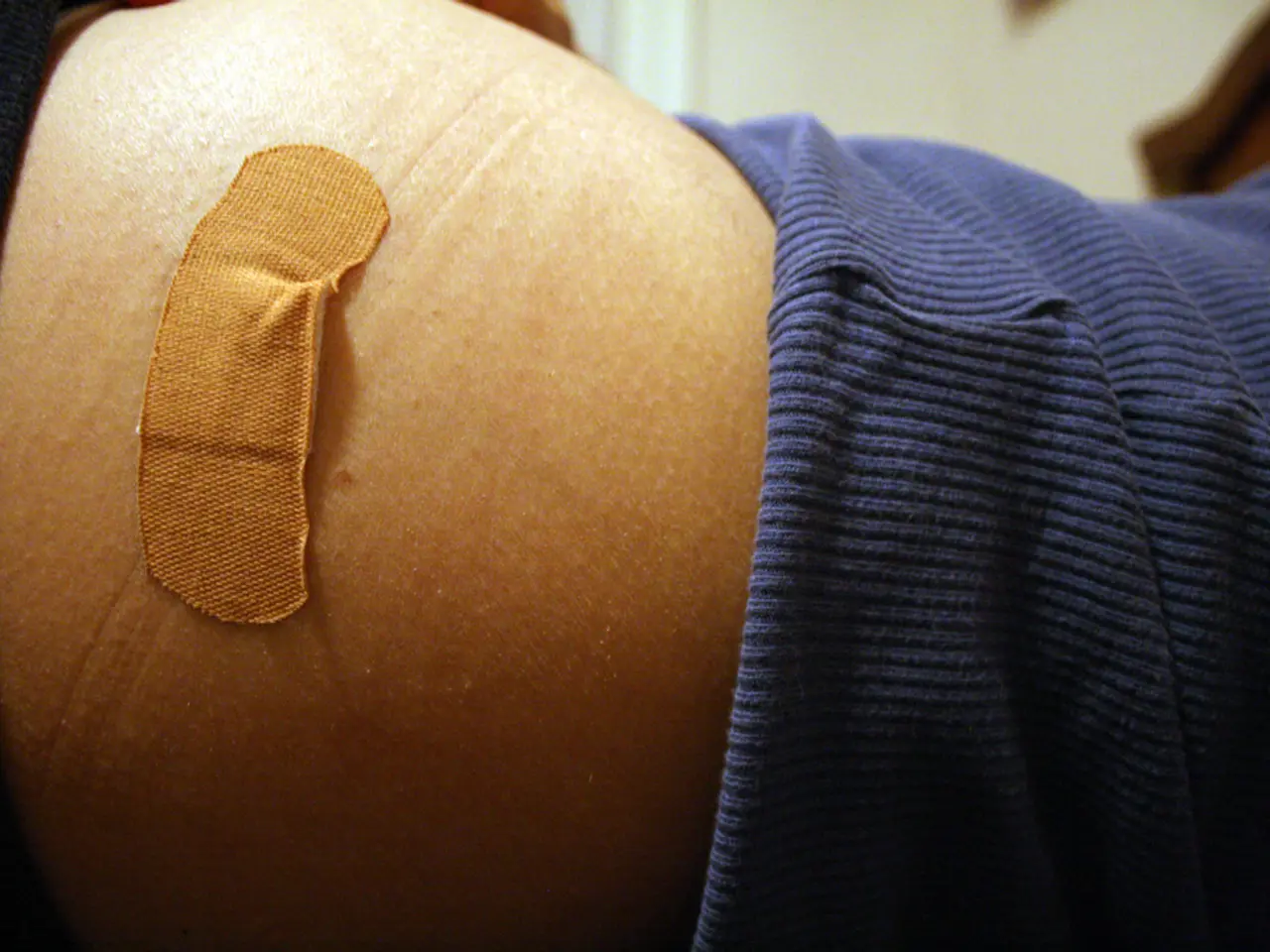Comprehensive Guide to Managing a COPD Management Program
In the battle against Chronic Obstructive Pulmonary Disease (COPD), knowledge is power. The American Lung Association (ALA) provides a wealth of advice to help those living with COPD lead healthier, more fulfilling lives.
Lifestyle Changes
The first line of defence against COPD progression is making lifestyle adjustments. Quitting smoking is crucial to reduce further lung damage. Avoiding exposure to irritants and pollutants is also essential. Regular physical activity, such as pulmonary rehabilitation, can improve lung function and endurance. A healthy diet rich in fruits, vegetables, and whole grains is recommended to support lung health.
Medications
Medication management plays a vital role in COPD care. Bronchodilators help relax airway muscles and improve airflow, while inhaled corticosteroids reduce airway inflammation. Adhering to prescribed regimens is critical to control symptoms and prevent flare-ups.
Pulmonary Rehabilitation & Education
Structured exercise, education, and self-management training boost physical capacity and patient confidence. Psychological nursing and cognitive interventions help alleviate anxiety, depression, and negative beliefs about COPD, improving emotional well-being and coping strategies.
Emergency and Exacerbation Management
Clear action plans for recognizing and responding to exacerbations, including when to seek medical help, are essential. Use of oxygen therapy or antibiotics/antivirals may be necessary if infections occur.
Multidisciplinary and Remote Care
Team-based approaches involving pulmonologists, pharmacists, nurses, and telehealth promote coordinated, patient-centered care and regular monitoring, improving adherence and outcomes.
Healthy Eating
The ALA advises limiting trans and saturated fats such as lard, shortening, and fried food. Instead, choose monounsaturated and polyunsaturated fats like corn oil, canola oil, and safflower oil. Simple carbohydrates like sugary sodas, candy, and cake should be limited, while more complex carbohydrates such as fruit, vegetables, and whole grains should be consumed.
Breathing Exercises
Two breathing exercises, pursed-lip breathing and diaphragmatic breathing, can make the lungs work more efficiently. An occupational therapist can teach energy conservation techniques to help conserve energy during daily activities.
Exercise
Moderate exercise can improve sleep quality, energy levels, muscle strength, and shortness of breath. However, people with COPD should not exercise when they are out of oxygen, have chest pain, feel nauseated, have a fever, or experience other symptoms.
Following a COPD Care Plan
Regular practice and review of the care plan are key to making a difference. Whether a person feels well or is experiencing a flare-up, it is best to follow doctor-recommended advisories, such as abstaining from smoking and eating a nutritious diet. Fibre-rich foods like nuts, seeds, fruits, vegetables, and whole grains are encouraged, with a daily intake of 20-50 grams.
By adhering to these guidelines, people with COPD can take active steps towards managing their condition, improving their quality of life, and slowing disease progression.
- A person living with COPD can benefit from the established guidelines and advice provided by the American Lung Association (ALA), which includes making lifestyle adjustments to slow down the progression of the disease.
- For chronic diseases like COPD, medical-conditions and chronic kidney disease, it is essential to follow a personalized care plan that may include therapies and treatments, such as pulmonary rehabilitation, medications, and breathing exercises, delivered by a team of treating specialists.
- In order to support optimal lung health, a person should carefully consider their dietary choices, opting for a healthy, balanced meal plan rich in fruits, vegetables, and whole grains while limiting trans and saturated fats.
- Pursuing a healthier lifestyle as a person with COPD is not limited to dietary adjustments; regular physical activity, such as structured exercise programs, can help improve lung function and endurance, and contribute to managing chronic diseases.
- Emotional well-being is also crucial for individuals with COPD and chronic diseases, with psychological nursing and cognitive interventions available to help alleviate anxiety, depression, and negative beliefs, leading to improved coping strategies and overall well-being.




